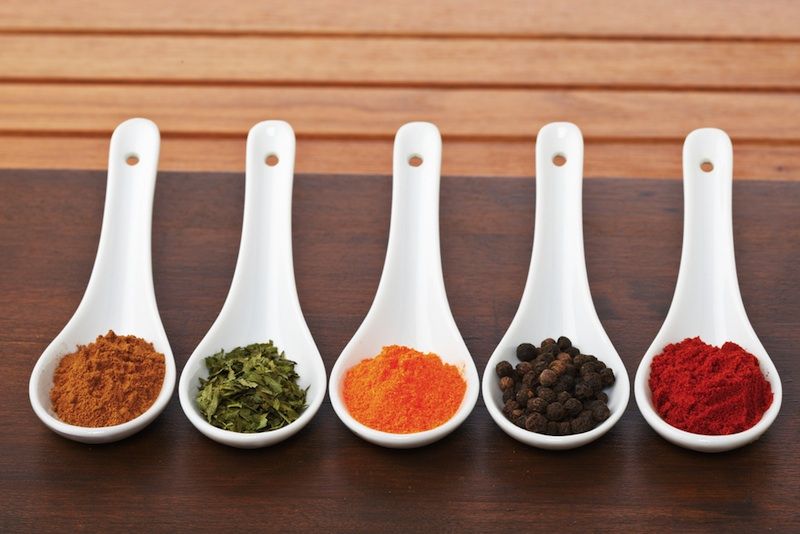Contaminated Spices Can Cause Salmonella

Imported spices are contaminated at a rate twice that of other imported food, according to an analysis by the Food and Drug Administration.
Not only were 7 percent of the spices it examined contaminated with the toxic bacteria salmonella, but 12 percent contained parts of insects, rodent hair or other filth.
Meet the Pathogens: A Stomach Bug Quiz
The agency’s findings “are a wake-up call” to spice producers, Jane M. Van Doren, a food and spice official at the F.D.A., told The New York Times. “It means: ‘Hey, you haven’t solved the problems.’”
During the three-year examination, the agency found more than 80 different types of salmonella. Many shipments were refused entry into the U.S.
There are almost 1.2 million annual salmonella illnesses in the United States every year, but the illness is hard to track back to spices because people don’t always keep track or remember what spices they’ve consumed. And because the amount of a spice consumed is so small, there is less of a chance of becoming ill.
How Does Salmonella Get Into Eggs?
Sign up for the Live Science daily newsletter now
Get the world’s most fascinating discoveries delivered straight to your inbox.
Most of the spices eaten in the United States are imported. They come from a variety of farms and countries. Almost a quarter of spices, oils and food colors come from India. Mexico and India had the highest rates of contamination. Officials suspect that insects often find their way into spices during storage.
The FDA is “not recommending that consumers stay away from spices,” Michael Taylor, FDA’s deputy commissioner for foods, told NBC.
New safety rules, he said, should help reduce the problem.
This story was provided by Discovery News.












